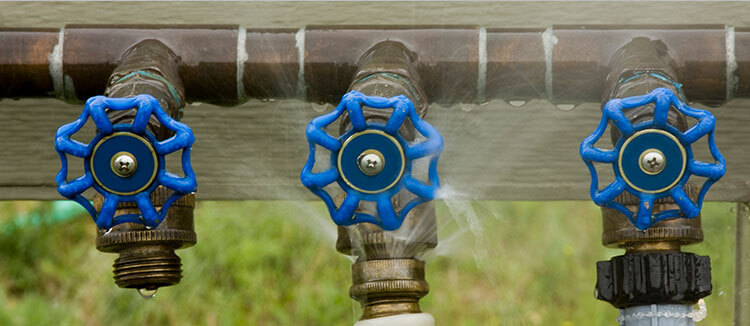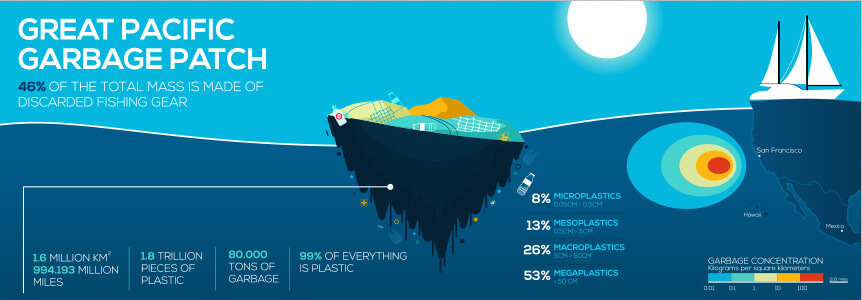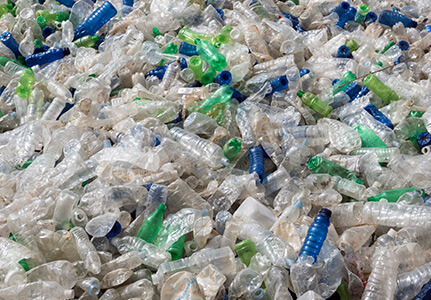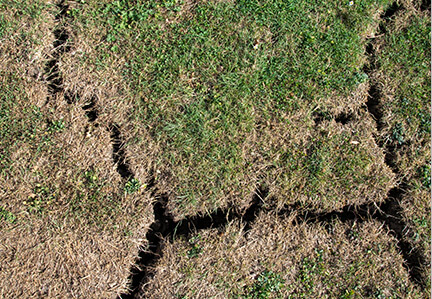Much like Madonna, Britney Spears, or Lady Gaga, it needs no introduction: climate change is a household name. But unlike the joy that pop singers bring, its adverse effects will touch on every different living organism across the planet for generations to come.
According to scientists at NASA, its evidence can be found everywhere, from the global temperature rising, to the shrinking ice sheets, to the warming oceans. “Most of the warming occurred in the past 35 years, with the five warmest years on record taking place since 2010. Not only was 2016 the warmest year on record, but eight of the 12 months that make up the year — from January through September, with the exception of June — were the warmest on record for those respective months.”
Many scientists go as far as to say that we only have 20 years to make drastic changes before there’s no turning back. But we don’t need to tell you that.
“Most of the warming occurred in the past 35 years, with the five warmest years on record taking place since 2010. Not only was 2016 the warmest year on record, but eight of the 12 months that make up the year — from January through September, with the exception of June — were the warmest on record for those respective months.”
When Climate Change Meets Water Conservation
What we can tell you is that even though it might feel a little like a drop in the bucket, there are things you can do at home that can help conserve water, and help address conservation efforts on a global scale, right in your own backyard.

We’ve discussed how much water Americans consume before. According to the Environmental Protection Agency (EPA), “the average American family uses more than 300 gallons of water per day at home.”
But according to reports, 81 percent of the United States was experiencing abnormally dry conditions as recently as 2012, which made expensive economic dents — $30 billion worth. But that’s not all — when drought hits, it impacts everyone from humans to fish on a monetary level and on a personal wellbeing level, as well.
Here’s how. Drought dries out surface soil and dead plant matter which creates erosion and increases runoff when the rain falls again. Drying flora increases the chance of wildfires which in turn leads to erosion and runoff, too. And in both cases, sudden runoff can end up in your water supply and increase turbidity, which affects your drinking water in unexpected and oftentimes frustrating ways.
Here’s where you can start conserving water that can tip the global scales.
First: Eat less fish and meat
First things first. While it may seem totally arbitrary, you can actually use less plastic by eating less fish and meat.
The Great Pacific Garbage Patch is an island-like formation that sits in the Pacific Ocean on top of the water, entirely made up of plastic bits, and is oftentimes described as “larger than Texas”. Some of it is an amalgamation of plastic bottles and bits, but for the most part, it’s actually plastic from the fishing industry itself. According to National Geographic, “of the 79,000 metric tons of plastic in the patch, most of it is abandoned fishing gear—not plastic bottles or packaging”.

Separately, it’s important to note that while 75 percent of the globe is covered with water, only 2.5 percent of it is drinkable. The agricultural industry as a whole uses 70 percent of that drinkable water for irrigation and livestock — it’s the single biggest water user across the globe.
Now, we aren’t in the game of calling out an entire industry as a whole — there are so many factors that go into plastic pollution and water usage, from the choices you make in the grocery store, to the choices you make when you recycle waste. At the same time, there are many benefits to the fishing and agriculture industry and its ability to provide affordable, accessible food to countries both rich and poor, and jobs to those that need them.
We also aren’t suggesting that you ditch meat altogether. What we do recommend is this: elect to eat a vegetarian or vegan diet one day out of every week. According to Time magazine, a “vegan or vegetarian diet could cut those emissions by 70% and 63%, respectively…” and, “Changing dietary patterns could save $1 trillion annually by preventing health care costs and lost productivity. That figure balloons to as much as $30 trillion annually when also considering the economic value of lost life.”
“Changing dietary patterns could save $1 trillion annually…”
Just think, what can we do with a portion of that 70 percent of clean drinking water going the agricultural industry?
Second: Understand Your Recycling
We recently conducted a survey during Earth Day of 2,000 participants to discover what they know about conservation.
For the category of people we deemed “eco-conscious”, we found that those who aspire to eco-consciousness have some gaps in knowledge regarding which items are recyclable. For example, they’re 17% more likely to think food-soiled aluminum foil is recyclable, as well as coffee cups (13% more likely), plastic garbage bags (12% more likely), and Aerosol cans (18% more likely). Unfortunately, none of these items are recyclable.
This same thing applies to water conservation, too, and to which types of water we deem “trustworthy”. When it comes to plastic water bottle usage, 41% of respondents believed plastic water bottles to be more trustworthy than other water sources — as opposed to water filtered from a whole house system (25%), water filtered from a pitcher (12%), or tap water (9%).
The bad news is that plastic has a presumed lifespan of 500 years. So, when you recycle disposable plastic bottles, they are bought and sold and shipped and bought and sold and shipped again. They criss-cross around the U.S. until they become your next dresser or school desk. A great way to avoid wasting all those fossil fuels expended during transportation and during the restructuring process would be to just invest in a water filtration system.
A Whole House Filter from Aquasana, like the 600,000 Gallon Rhino, is NSF tested and certified for the reduction of chlorine, chloramines, pharmaceuticals and more. So you can get clean, healthy water straight from your tap that filters for six years — and waste less plastic.
Third: Take Care of Your Own Infrastructure
This goes from your house to your plumbing, to your own driveway — anything that you own privately. Taking care of your home means preventing foundational cracks, repairing leaks, and saving you more than just a penny on your utility bills.
As we’ve mentioned before, according to the NRDC, “faulty meters, crumbling pipes, leaky water mains—cost the United States an estimated 2.1 trillion gallons in lost drinkable water each year.”
Not only that, but according to a survey from the Water Research Foundation, Americans are using more water than ever. 24 percent of average daily water usage is from the toilet, 20 percent is from the shower, 19 percent is from the faucet, 17 percent is from the washing machine, 8 percent is for “other”. But a massive 12 percent of average daily water usage is from water leakage.
Just by taking care of your own infrastructure and maintaining your land, you will conserve water.
At the end of the day, when it comes to water conservation, it might feel like it’s all a little too big for us to take care of on the individual level. And some of it is. Some of it requires us to pressure lawmakers and senators to create new laws that help corporations to better foster water conservation. But when it comes to managing water conservation from your own backyard, in a way that can have a global impact, start by going vegetarian once a week, understand your own recycling behaviors better, and maintain your home’s infrastructure. In this regard, a little can truly go a long, long way.
